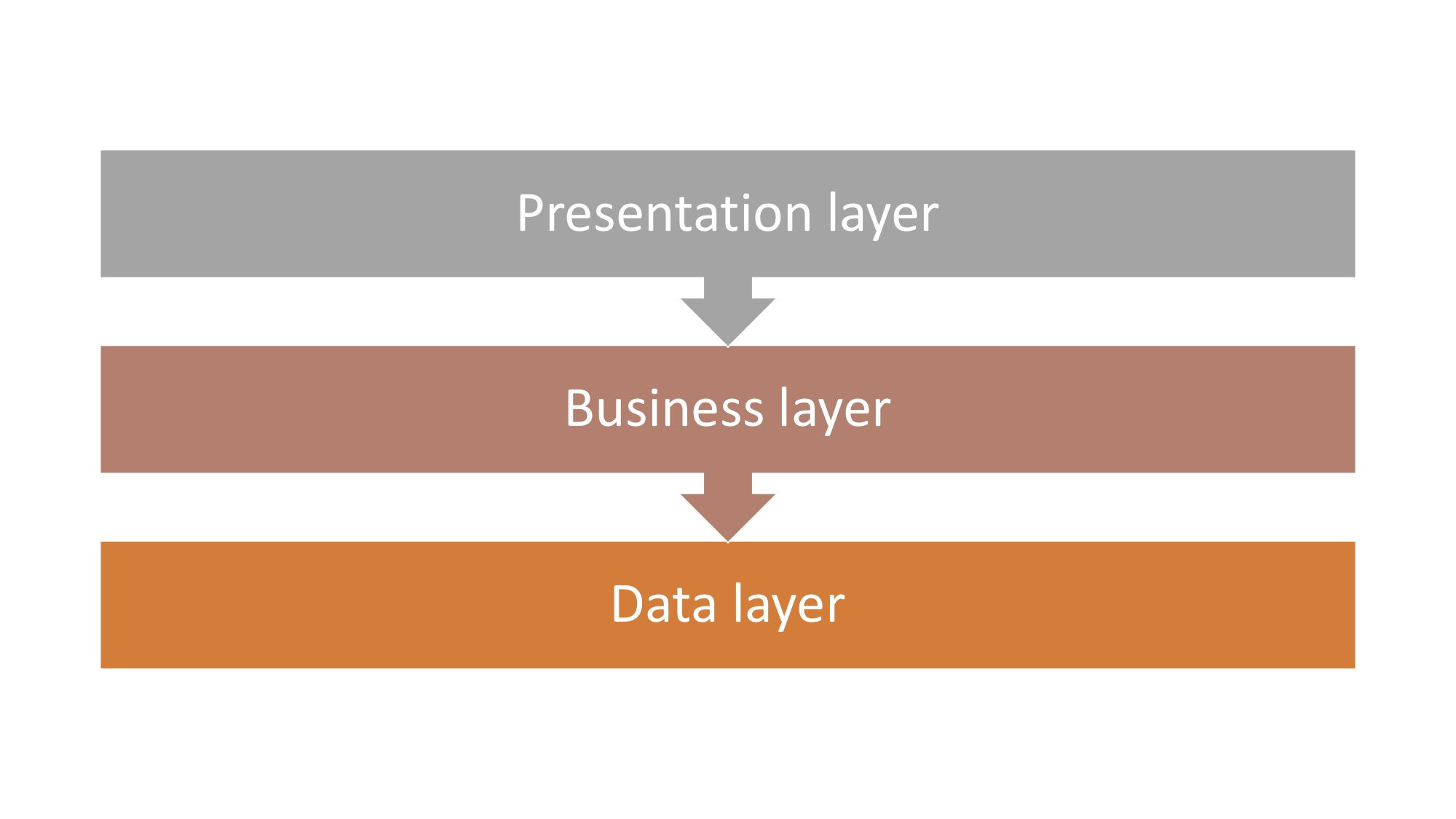
Mobile App Architecture: Development Features
Competition encourages businesses to constantly improve their services and make them more convenient, affordable, and faster. One of the effective ways for brands to increase their popularity and take a certain place in customers’ devices is to launch their own applications for smartphones and tablets. But this does not work for everyone. Failures most often occur due to the incorrect architecture of a mobile application. This term refers to a set of rules, techniques, and patterns used to develop smartphone and tablet programs. This set of technology rules helps developers create logical, well-structured programs that meet both customer requirements and industry standards.
Mobile App Architecture Principles
Developers discuss with their customers the main functions of the program and then create the so-called architectural skeleton to logically combine all the processes together. These actions should be well thought out as they affect the performance, ergonomics, and scalability of the future program.
It is important to follow certain principles when working on architecture:
- The SOLID principle includes five principles of object-oriented programming that allow developers to create simple platforms with high scaling.
- The DRY principle aims to reduce repetition in software patterns to avoid redundancy.
- The KISS principle helps simplify systems and codes to reduce errors.
When creating programs for mobile devices, specialists must focus on the correctness of their architecture to make them independent of any external influences.
Layered Architecture
The architectural skeleton has several levels, or layers, which contain the vital components of the program. At the presentation layer, developers focus on how to present the finished product to customers. The layer contains user interface components and functions for processing them. The task here is to determine the target audience of the future infrastructure, choose the correct data format, and enable verification functions in case of incorrect data entry. It is also important to keep in mind the restrictions on deployment.
The business layer stores the business logic of the application. It separates UI/UX from commercial computing. This makes it easier to change logical chains to meet modern business requirements without affecting other layers.
The database layer helps facilitate secure transactions. Its purpose is to interact with persistent data stores or databases.

In addition to multi-layer applications, developers also create microservice models, where each service operates independently. They are combined through an API. Developers typically use this method to create large, scalable programs.
Details to Consider
Many aspects affect the architectural design, such as the type of mobile platform (Android, iOS), the speed of the Internet connection, and the potential features of a device. It is important to evaluate the following points:
- CPU load;
- screen resolution and dimensions;
- storage capacity;
- framework availability;
- user interface settings;
- software navigation.
The architecture of an application greatly affects its success. It gives a complete description of the software’s structure and allows developers to systematize each process. It is the basis for developing system products, which allows you to use modules and templates to create them faster and less expensively. That is why it is so important to define all the necessary functions and how they will be connected in architectural layers in advance.


